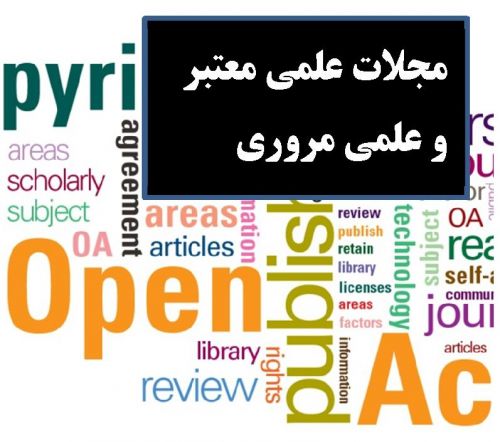One of the key life skills advocated by the World Health Organization (1999) to be incorporated into any curriculum is ‘creativity’. With the advent of the notion of Applied ELT (Pishghadam, 2011), which considers ELT as an independent discipline now able to contribute to and enrich other domains of knowledge, the idea of life skills education was soon imported into the field of English language teaching. In this connection, it seems that figuring out ways to improve life skills, say, creativity in language learners should be given well-deserved attention. Be that as it may, this paper explores whether and to what extent reading and writing activities can provide abundant opportunities for creative ideas to flourish. Specifically, this study explored the extent to which extensive practice in academic and personal reading and/or writing would be related to high creative thinking. For this purpose, a sample of 300 intermediate EFL learners in Iran participated in this study by filling out a self-report questionnaire and completing the Abbreviated Torrance Test for Adults (ATTA). The questionnaire inquires about the total courses taken in reading and writing as well as the total hours spent on reading and writing in both L1 and L2. The results revealed that learners who spent more time on reading and writing had a significantly better performance on the creativity test. That is, creative thinking scores (fluency, originality, elaboration, flexibility, and the Creativity Index) showed significant correlations with the amount of time spent on reading and writing.
کلید واژگان :applied ELT, psychology, creative thinking, reading and writing practice, Torrance, EFL learners
ارزش ریالی : 300000 ریال
با پرداخت الکترونیک
جزئیات مقاله
- کد شناسه : 4142296608013784
- سال انتشار : 1392
- نوع مقاله : پذیرفته شده در سایر مجلات علمی معتبر و علمی مروری و ISC
- زبان : انگلیسی
- محل پذیرش : International Journal of Research Studies in Psychology
- برگزار کنندگان :
- ISSN : 2243-7681
- تاریخ ثبت : 1393/11/14 15:51:20
- ثبت کننده : ... ...
- تعداد بازدید : 331
- تعداد فروش : 0
